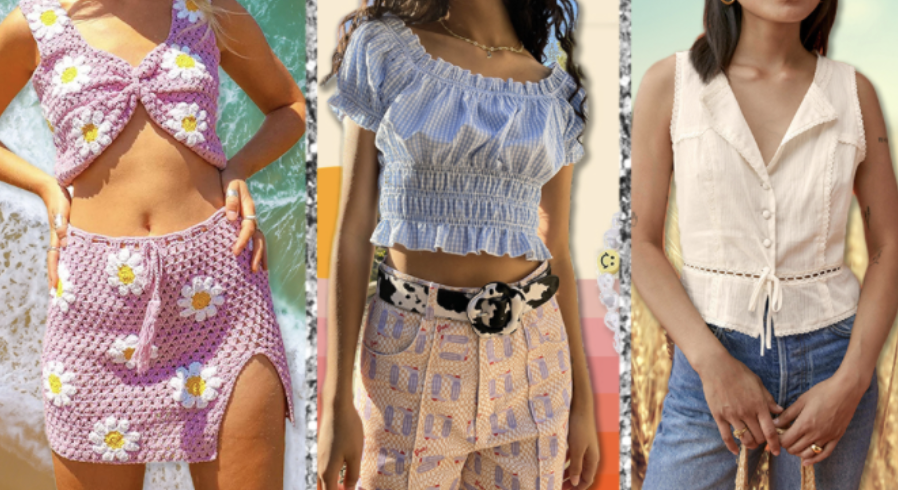Introduction
In today’s digital world, trends rise—and collapse—faster than ever. What was hot last month is “cringe” today. From TikTok aesthetics like “coastal cowgirl” or “clean girl” to viral dances, beauty routines, and fashion colors, trends have become shorter, louder, and more niche.
Welcome to the era of the micro-trend—where culture moves at the speed of the scroll, and everyone is both consumer and creator.
But what does this mean for our identity, creativity, and even our mental health?
What Is a Micro-Trend?
A micro-trend is a highly specific, fast-moving aesthetic or behavior that goes viral online—often without traditional media involvement. These trends can emerge from influencers, celebrities, or even regular users who strike a chord.
Think:
- Wearing ribbon bows in your hair.
- The sudden obsession with matcha green everything.
- “Mob wife” fashion dominating TikTok one week, then disappearing the next.
These trends live and die on social platforms, creating a constant cycle of reinvention and pressure to keep up.
Social Media: The Trend Accelerator
Apps like TikTok, Instagram, and Pinterest don’t just reflect trends—they manufacture them. The algorithm rewards novelty and engagement, so creators are incentivized to jump on (or create) the next big thing.
That’s why we now see:
- 10-second videos turning unknown products into global sellouts.
- Fashion brands releasing weekly “drops” to match TikTok aesthetics.
- Entire subcultures being born, named, and commercialized in a matter of days.
This speed has changed how we consume—fast fashion is faster, beauty routines are more experimental, and content burnout is real.
The Emotional Cost of Chasing Trends
Keeping up with trends used to be seasonal. Now it’s daily. And while this democratizes style and expression, it also fuels anxiety, FOMO, and digital fatigue.
Questions people are quietly asking:
- “Am I out of touch?”
- “Do I need to buy this to stay relevant?”
- “Why does everything feel so temporary?”
The pressure to constantly adapt can be exhausting, especially for younger audiences building their sense of self through online validation.
From Trend-Following to Trend-Curating
But here’s the shift: people are slowly pushing back. Instead of chasing every micro-trend, many are choosing intentional trend curation—picking only what resonates, fits their lifestyle, and reflects personal values.
Sustainability, authenticity, and timeless style are making a comeback. In a world of noise, people crave something real.
That’s why trends like:
- Digital minimalism
- Quiet luxury
- “Soft living”
…are gaining traction—not just as aesthetics, but as lifestyles that prioritize mental clarity over chaos.
Brands and Trend Culture
For brands, trend cycles are both opportunity and trap. Jumping on every trend may bring short-term attention—but long-term trust is built by knowing who you are.
The most successful brands now balance relevance with resonance. They watch trends—but filter them through brand identity, customer values, and long-term vision.
Conclusion
Trends today aren’t just seasonal—they’re cultural snapshots, digital experiments, and emotional barometers. They tell us what people are craving, fearing, or dreaming about right now.
But in a world where everything changes by the hour, the most powerful move is to know your own trend—the one that aligns with your values, not just your feed.
So whether you’re a creator, a consumer, or just curious, remember: you don’t have to chase every trend to be part of the moment. Sometimes, the most powerful statement is choosing what not to follow.
